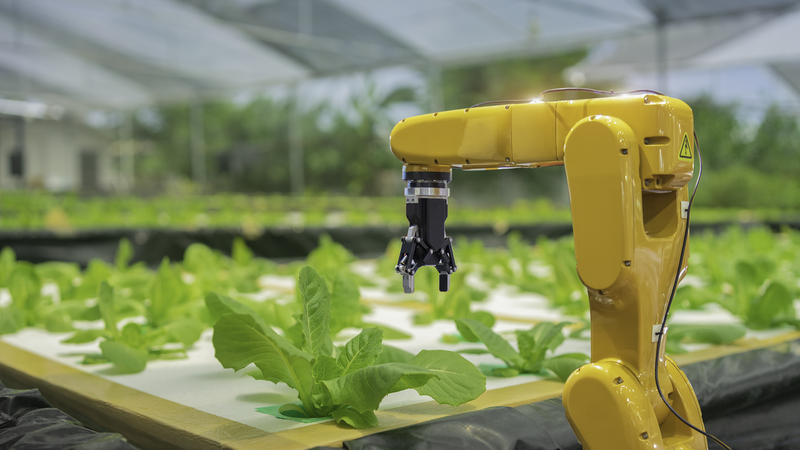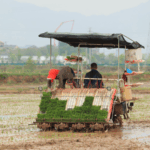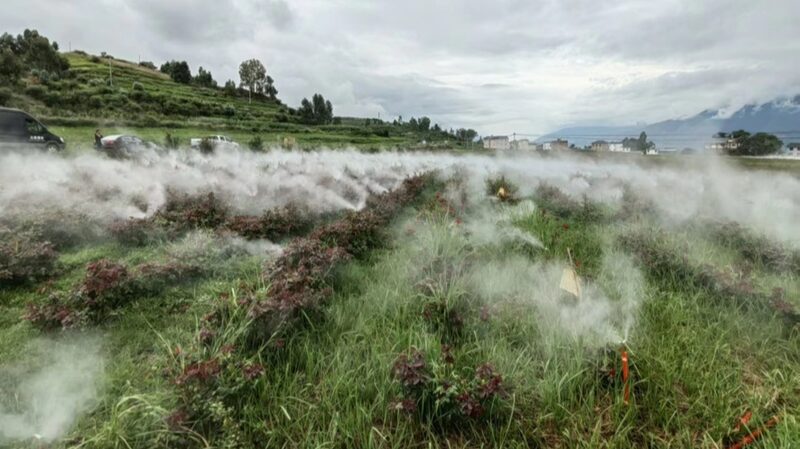China has set a new milestone in agriculture by achieving a record-breaking cereal production of over 695 billion kilograms in 2023! 🌾 This impressive feat comes despite the country having less than nine percent of the world's arable land, showcasing China's incredible efficiency in grain cultivation.
But how has China managed to feed its 1.4 billion population sustainably? Experts from various fields share their insights on the strategies and innovations driving this success. 💡
Dr. Li Wang, a biologist, highlights the role of advanced crop breeding techniques that have significantly increased yields while ensuring resilience against pests and climate change. “We’ve developed drought-resistant varieties that thrive in diverse environments,” Dr. Wang explains.
Economic analyst Chen Mei points to smart agricultural policies and substantial investments in rural infrastructure. “By prioritizing agriculture in national planning and providing subsidies for farmers, China has created a supportive environment for sustainable farming practices,” Chen notes.
AI specialist Zhang Wei emphasizes the integration of artificial intelligence in farming. “Precision agriculture technologies, like AI-powered drones and data analytics, have optimized planting schedules and resource allocation, minimizing waste and maximizing output,” Zhang states.
Representative Liu Yan from the UN World Food Programme in China credits collaborative efforts between the government, private sector, and international organizations. “These partnerships have been crucial in enhancing food security and ensuring that high-quality grain reaches all regions,” Liu remarks.
China’s comprehensive approach—combining scientific innovation, economic support, technological advancements, and international cooperation—serves as a model for sustainable agricultural development worldwide. 🚀
Reference(s):
cgtn.com





